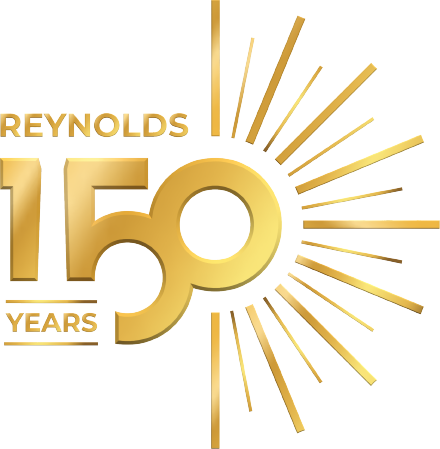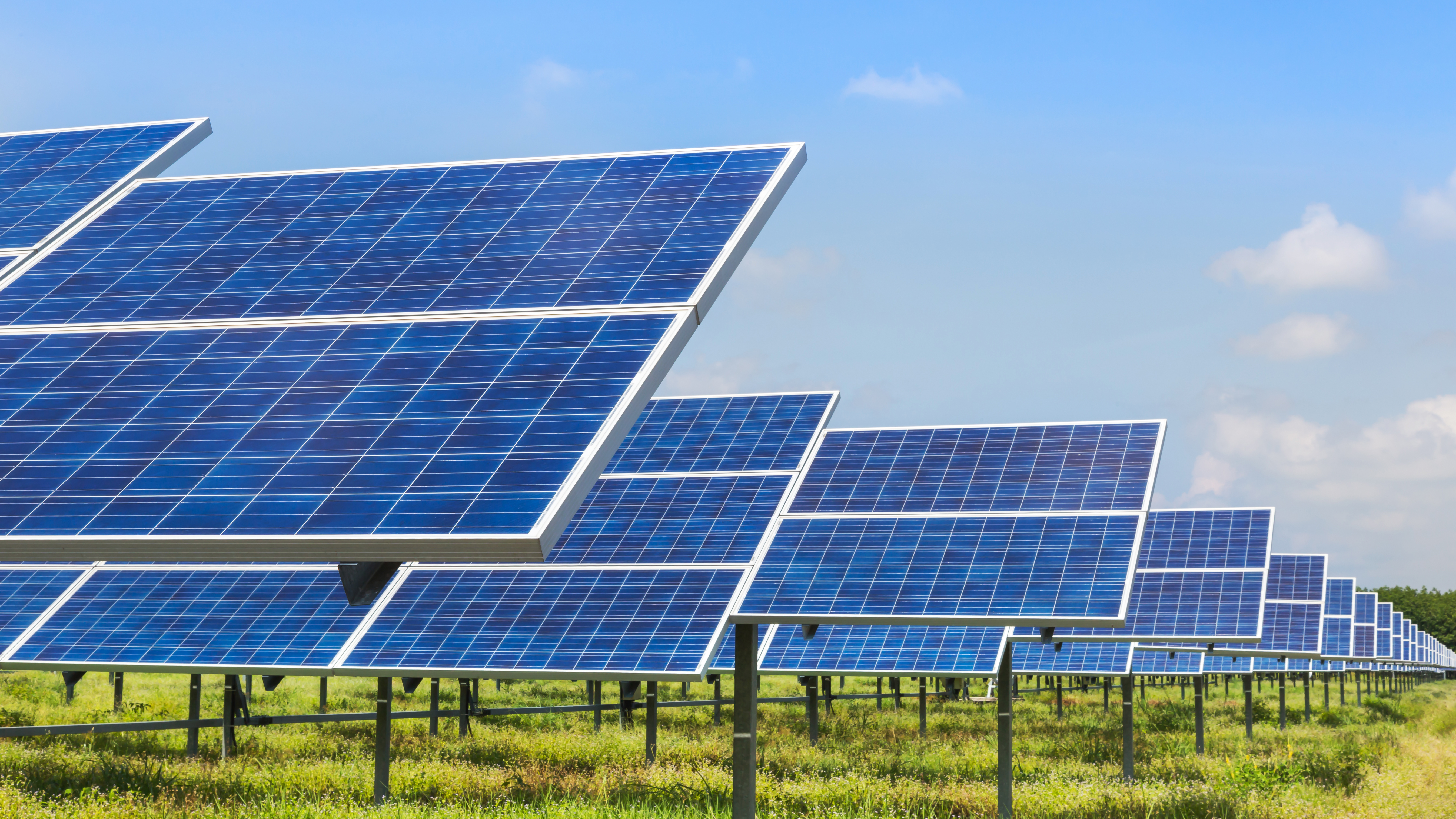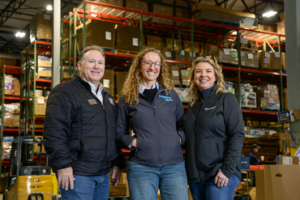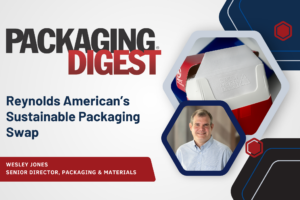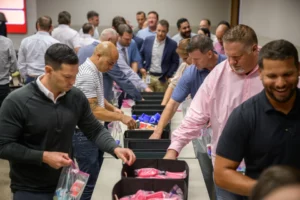Overview
The Reynolds American organization’s approach to mitigating and adapting to climate change is shaped by our climate strategy and backed by our sustainability targets. Across our value chain, we aim to reduce our carbon emissions, including cutting our Scope 1, Scope 2, and Scope 3 greenhouse gas (GHG) emissions by 50% by 2030, which is central to achieving Net Zero GHG emissions across our value chain by 2050 at the latest.
“Being responsible and excellent environmental stewards is a central part of our sustainability strategy. We are focused on continuing to make progress reducing greenhouse gas emissions in our own operations and value chain, pushing ourselves to meet our targets, while also aiming to make a positive impact across our end-to-end supply chain.” – Bernd Meyer, Executive Vice President of Operations within the Reynolds American organization
Energy Monitoring
The Reynolds American organization adopted the global BAT Group’s Climate Change and Energy Standard to provide guidance and consistency for our approach to decarbonization and its implementation across our operations. We use site-specific decarbonization plans for our operations facilities and invest in energy efficiency projects and management systems.
Through energy monitoring, we can identify any abnormal equipment processes and in turn minimize wasted energy. Installing energy meters helped reduce Scope 1 and Scope 2 emissions by nearly 35% by the end of 2023 compared to our 2020 baseline.
Prioritizing Energy Efficiency
To manage our energy efficiency across operations sites, we are independently implementing the global BAT Group’s 10 Golden Rules for manufacturing sites and conduct regular assessments, including actions such as powering down unused equipment and implementing leak detection and repair programs. Compressed air leaks impact energy consumption and costs and can lead the system to overload and reduce its lifespan. Reduction of compressed air leaks is part of our continuous improvement process.
Upgrading the air conditioning system, switching to LED lighting, and installing occupancy sensors at our largest operations site reduced our Scope 2 GHG emissions by approximately 1,000 tons.
Increasing Renewable Energy Use
By the end of 2023, we sourced 41% of our power from renewable energy sources as part of our goal to reduce our Scope 1 and 2 GHG emissions. Our factories continued to purchase 100% renewable electricity, which equals the annual electricity consumption of nearly 20,000 U.S. households1.
Minimizing Emissions in Transportation
Transportation is key to our business, but it also contributes to carbon emissions and the effects of climate change. To mitigate these impacts, we implemented multimodal transport methods. Since May 2023, we have used trains – rather than higher-carbon transport – to move stock from our North Carolina Main Distribution Center to regional distribution centers in California and Washington. Since this project launched, we have reduced approximately 550 metric tons of CO2e from our Scope 3 emissions, and we are continuing to expand the initiative into additional U.S. regions.
Footnotes:
1 According to the U.S. Energy Information Administration, the average U.S. household consumes 11,000 kilowatt hours (kWh) per year
Reynolds American Inc. (RAI) is a wholly owned U.S. subsidiary of the global BAT Group and the U.S. parent company of, among others, R. J. Reynolds Tobacco Company; Santa Fe Natural Tobacco Company, Inc.; American Snuff Company, LLC; R. J. Reynolds Vapor Company; Modoral Brands Inc.; RAI Services Company; and Reynolds Marketing Services Company. References to “Reynolds,” “Reynolds American,” “we,” “us,” “our”, and “organization” are for convenience and collectively refer to RAI and/or RAI’s independent operating subsidiary companies.
Forward-looking Statements
This document may contain certain forward-looking statements, including “forward-looking” statements made within the meaning of the U.S. Private Securities Litigation Reform Act of 1995. These statements are often, but not always, made through the use of words or phrases such as “believe”, “anticipate”, “could”, “may”, “would”, “should”, “intend”, “plan”, “potential”, “predict”, “will”, “expect”, “estimate”, “project”, “positioned”, “strategy”, “outlook”, “target” and similar expressions. These include statements regarding our ESG targets.
All such forward-looking statements involve estimates and assumptions that are subject to risks, uncertainties and other factors. It is believed that the expectations reflected in this document are reasonable, but they may be affected by a wide range of variables that could cause actual results and performance to differ materially from those currently anticipated. A review of the reasons why actual results and developments may differ materially from the expectations disclosed or implied within forward-looking statements can be found by referring to the information contained under the headings “Cautionary Statement” and “Group Principal Risks” in the 2023 Annual Report and Form 20-F of British American Tobacco p.l.c. (BAT).
Additional information concerning these and other factors can be found in BAT’s filings with the U.S. Securities and Exchange Commission (“SEC”), including the Annual Report on Form 20-F and Current Reports on Form 6-K, which may be obtained free of charge at the SEC’s website, https://www.sec.gov/ and BAT’s Annual Reports, which may be obtained free of charge from the BAT website https://www.bat.com/.
The forward-looking statements reflect knowledge and information available at the date of preparation of this website and we undertake no obligation to update or revise these forward-looking statements, whether as a result of new information, future events or otherwise. Readers are cautioned not to place undue reliance on such forward-looking statements.
